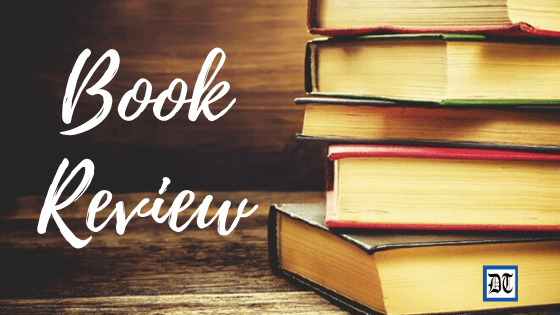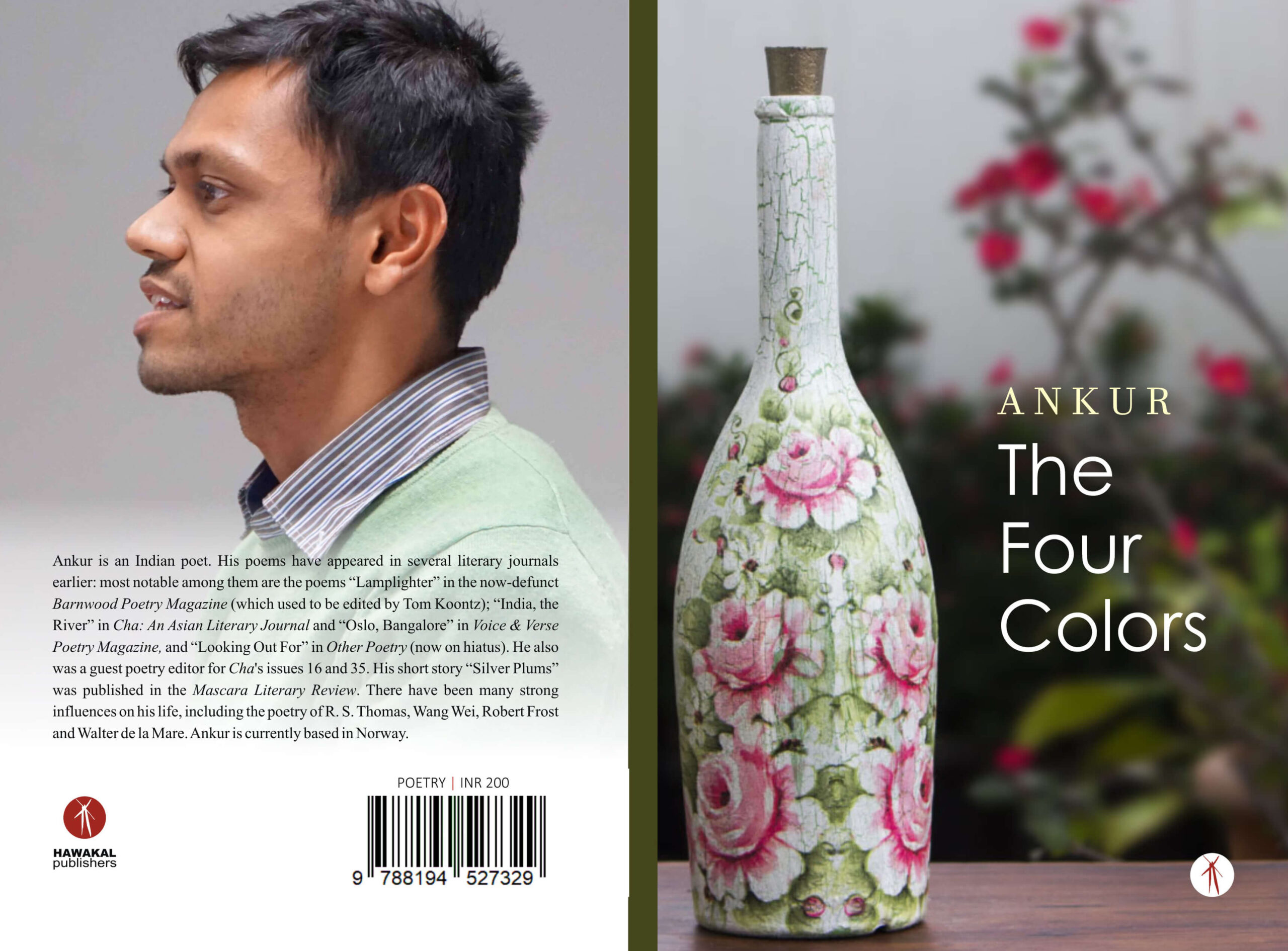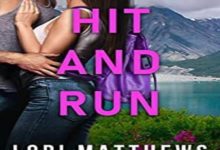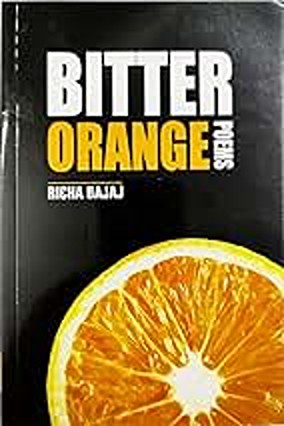Hema reviews The Four Colors, by Ankur, exclusively for Different Truths.

Poet: Ankur
Published by: Hawakal Publishers, Kolkata
Year of Publication: 2020
Pages: 88
Price: INR 350/-
ISBN: 978-81-945273-2-9
Colors attract and influence human behaviour in distinct ways stirring emotions from within. They can make us feel elated or sad, hungry, or relaxed.
Colors attract and influence human behaviour in distinct ways stirring emotions from within. They can make us feel elated or sad, hungry, or relaxed. Right from the choice of colorful and tasty food in our plates, colors play a predominant role in human life.
The title of the poetry collection, The Four Colors, attracted my attention for more reasons than one. This maiden poetry collection comprises of poems penned by Ankur at different points in time, ‘The Four Colors’ reflecting the colors of life. In the poet’s own words, they relate to ‘a certain phase of existence.’ Green relates to “birth, curiosity, ambition,” encountering yellow brings out the “face of injustice, anger, listlessness, fear” and purple “reopens the world with its attendant wonder, dreams, fantasies, as we become ready to love anew.” Red steps in “when we start understanding and accepting, as simultaneously we find acceptance and love.”
As the poet delineates in his Introductory Note: “The process of accretion has left deposited several layers of thought and imagination and memories and dreams…. Such ensconced images in all of us give meaning to our existence, and even if my particular memory may be different from yours, my evoking of one may evoke another for you…”
A catharsis for the poet and the reader, perhaps? The foreword further creates the feeling of intimacy, which is what the poet desires-to take the readers along, and eventually the reader and the poet becomes one!
A catharsis for the poet and the reader, perhaps? The foreword further creates the feeling of intimacy, which is what the poet desires-to take the readers along, and eventually, the reader and the poet becomes one!
“How will I fight and stay
How will I be silent but remain understood…” (page 11)
And, again in the end,
“How will I tell them, the poet needs love, and little else,
How will I find a worthy heart, not a fine ear?” (page 11)
In ‘mother, I,’ the poet articulates with utmost brevity:
In the bowl of milk and prunes, there are many suns.
Morning comes and goes, but that hand keeps moving;
Lips know it, and a soul is nourished. (page 15)
Powerful visions flash across—the sunny mornings, the mother’s toil and the unconditional love.
Powerful visions flash across—the sunny mornings, the mother’s toil and the unconditional love.
Yet again, the rigors of life have been brought out succinctly in
Pray For Me, Or Not (page 16) –
“Soon the Sun shines
and tumbles me out of bed, life already started…”
The reference to the Sun again clearly brings out the poet’s affinity to Nature, notwithstanding the monotonous existence.
‘Survival’ embarks with a little bit of melancholy, but ends with hope and optimism:
“…the great boulders lie strewn about:
where once the river gushed, of love and song…” (page 18)
and in the next stanza,
“…for there now walk their bicycles a boy, a girl,
slowly forging ahead, to discover the world anew…” (page 18)
Direct or indirect reference to Nature is there in almost all the verses, which reflects the poet’s yearning to be in the lap of Nature; the use of phrases such as ‘under a red sun,’ ‘the blue clouds,’ ‘sunlight had suffused long ago the wall’s pallor,’ ‘valueless face,’ ‘patterned laughter,’ ‘mountain airs,’ ‘horizon that is limpid’ and ‘sewn clouds floating chained in the firmament’ corroborate this well.
Direct or indirect reference to Nature is there in almost all the verses, which reflects the poet’s yearning to be in the lap of Nature; the use of phrases such as ‘under a red sun,’ ‘the blue clouds,’ ‘sunlight had suffused long ago the wall’s pallor,’ ‘valueless face,’ ‘patterned laughter,’ ‘mountain airs,’ ‘horizon that is limpid’ and ‘sewn clouds floating chained in the firmament’ corroborate this well.
The (un)exciting lives of humans in a materialistic world is highlighted in ‘Night Comes, The Colors Drip, Come Alive’:
The (un)exciting lives of humans in a materialistic world is highlighted in ‘Night Comes, The Colors Drip, Come Alive’:
“Often as I walk the brown washes away…” (page 24)
And vivid images come to life when he talks of
… “coffee cups, lakeside villas, the teeth of him fond of tobacco…” (page 24)
… “and as I walk, a shout hails me from a theatre; munching tomato sandwiches, the jarring.” (page 24).
These lines make me believe that the poet has a ‘Socrates’ streak in him: in his ‘walk’ he seems unfazed by the market-place and its glitterati. Deep within, there lies a philosophical personality!
On-Page 37, a three-liner ‘Door,’ the ‘door light’ symbolises mental images of ‘warmth, habitation and death.’
In the following poem ‘Untitled,’ vivid images are brought to life
In the following poem ‘Untitled,’ vivid images are brought to life if one cares to observe, not be ‘asleep’:
“a wind comes, blows the sky away
leaving holes in the trees
and songs in hearts” (page 38)
‘Feuilleton’ (page 39) elicits evocative images of human nature:
“…Here they burn like paper with envy and admiration,
most of all ambition…” (page 39)
The last lines in ‘The Return of Life’ (page 49) have a glimpse of the transience of things:
“Dreams are aether; they float, they rise up.”
Moving past the shackles of submission and repression symbolized by ‘Queues & Braids’ (page 51), the poet, in the guise of a ‘very white-bearded and matted sage,’ blurts out the truth—what is, continues to exist, what is not, can never be found.
‘Sun Behind Me’ (page 55) brings out a surge of emotions (read expressions or introspection) where the sun and the moon symbolise the unity of creation, divine influence and the cyclic process of life as a whole.
‘Sun Behind Me’ (page 55) brings out a surge of emotions (read expressions or introspection) where the sun and the moon symbolise the unity of creation, divine influence and the cyclic process of life as a whole.
‘The Song of the Angels,’ has a sense of longing –
‘Others are prisoners of their minds and their wills,
while I am of my own body; like night’s silence….’
A maple leaf’s longing to adorn the poet’s book is portrayed with such ease in ‘Bookmarker’:
“To be kissed by your lips once
and kept in your notebook of poems.” (page 76)
Last, not the least, the verse under the color Red ‘Far and Near, Near and Far’ ends with a note of optimism:
“As rain falls, life comes alive, in within,
The whistle sings, and the Word lives in.” (page 87)
Last, not the least, the verse under the colour Red ‘Far and Near, Near and Far’ ends with a note of optimism:
It appears that Ankur has been influenced by the writings of the iconic Walt Whitman; his poems bring about his individual nature, identification of himself with others and the connection with the Universe.
It appears that Ankur has been influenced by the writings of the iconic Walt Whitman; his poems bring about his individual nature, identification of himself with others and the connection with the Universe.
Reading and commenting on the poems from ‘The Four Colors’ has been a gratifying experience for me, left me in moments of silence and bliss, and has left with me with a feeling of catharsis.
I am confident that all poetry lovers will acknowledge my viewpoints when they lay their hands on this eclectic poetic collection.
So, hurry, grab yours now!
Photo sourced by the reviewer





 By
By
 By
By
 By
By
 By
By